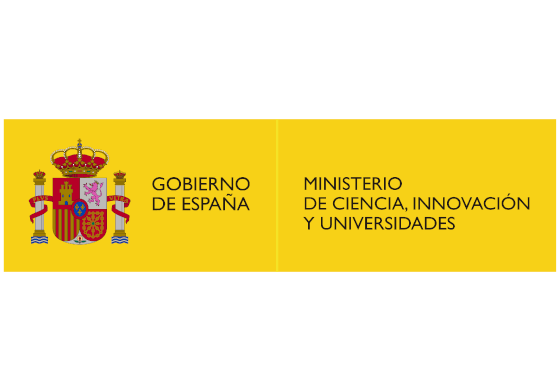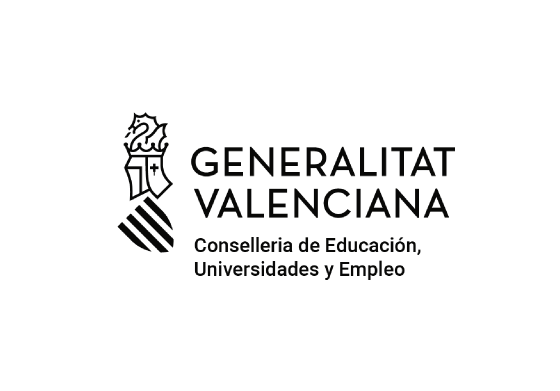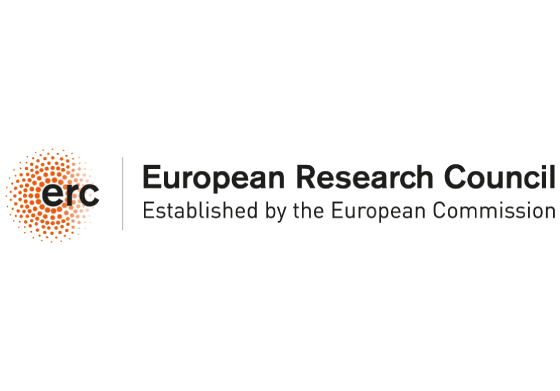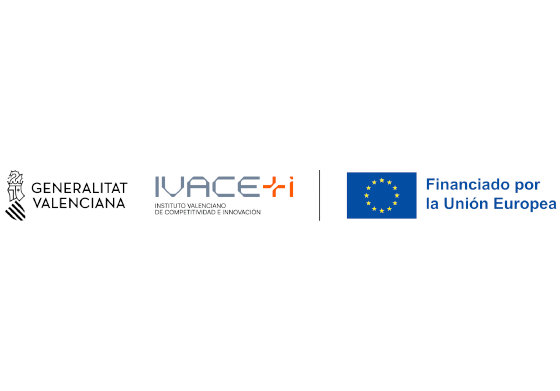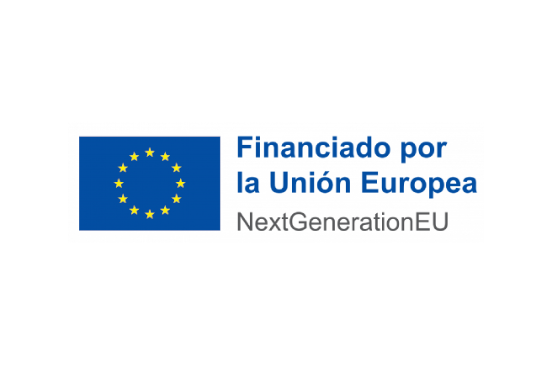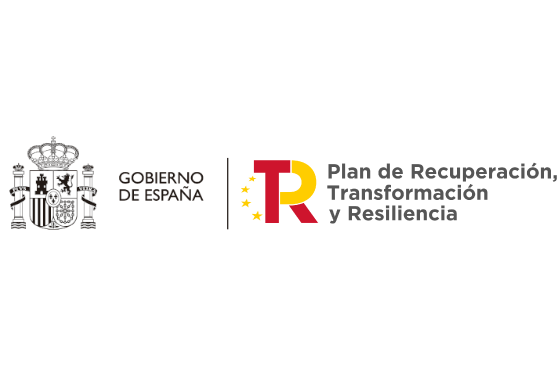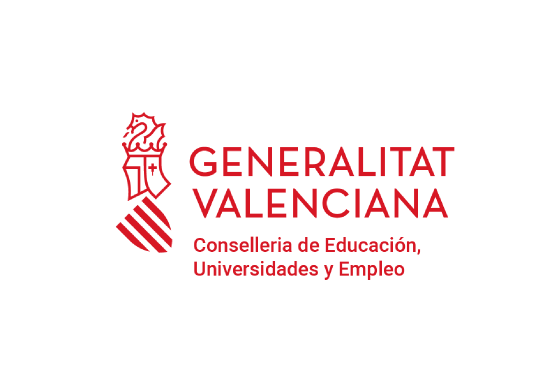The study led by Professor Ivan Mora Seró has been a pioneer in analysing the behaviour of cell materials outside the laboratory.
Information provided by: UJI Communication and Publications Service
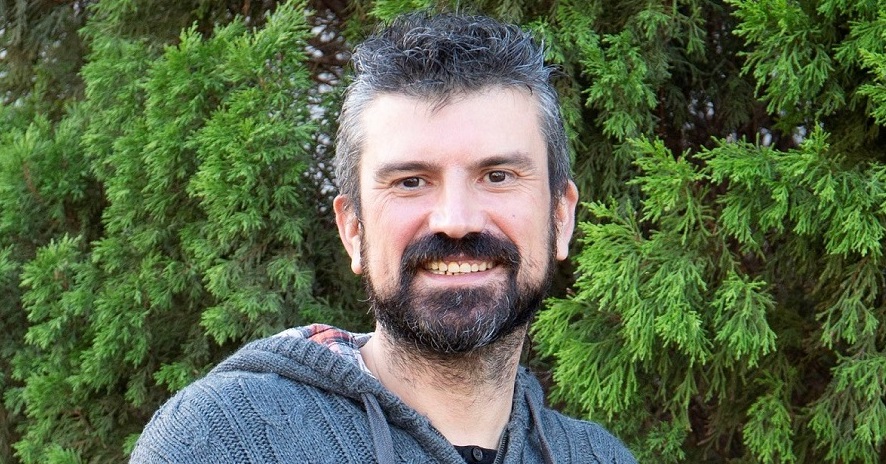
An investigation led by Professor Ivan Mora Seró of the Institute of Advanced Materials (INAM) of the Jaume I University - developed in collaboration with the University of Antioquia in Medellín (Colombia) - has pioneered the design and testing of mini-modules of perovskite cells in real climatic conditions. The conclusions of this work on energy efficiency are published today in the journal Nature Energy.
This study focused on the new generation of solar cells, built with perovskite, has involved moving from laboratories to real climatic conditions, outdoors, in order to study their energy efficiency over time. Perovskite solar cells have revolutionized the field of photovoltaics in the last decade, due to their enormous potential to obtain high efficiencies at a very low production cost, as well as offering the possibility of being developed on flexible substrates, unlike cells. silicon. As it is a new technology, most of the studies have been carried out in the laboratory, but like all photovoltaic technology, they need to be tested under natural environmental conditions as they are more demanding than the laboratory, with continuous night and day cycles, in addition to suffering the various weather conditions.
The new study presented today in the journal Nature Energy takes advantage of this variability of outdoor conditions, such as the different degrees of illumination that the night-day cycle implies, not only to monitor the evolution of solar modules, but to relate this evolution with the different physical processes. "This will allow to improve the optimization of this technology with a view to its future commercialization, in addition to being able to be extended to other types of photovoltaic technologies", according to the research team.
The work has been developed jointly with researchers from the Center for Research, Innovation and Development (CIDEMAT) of the University of Antiloquia, where the experimental measurements have been made. "The technique has made it possible to take advantage of the various magnitudes of sunlight that are produced throughout the day to test the modules in real conditions and find physical mechanisms that maintain or reduce their effectiveness", argues the professor and researcher at the UJI Ivan Mora Seró.
The perovskite mini-modules were manufactured and tested for several months in the facilities of the Solar Cells Outdoor Evaluation Laboratory at the Universidad de Antioquia in Medellín (Colombia) by Esteban Velilla and under the direction of Professor Franklin Jaramillo. The data from this study were evaluated at the Jaume I University, where the innovative analysis methodology was developed, in addition to validating the results obtained with laboratory experiments at the INAM facilities during Esteban Velilla's six-month research stay.
This new methodology allows researchers to see the degradation mechanisms before they are detected in the efficiency of the cell and, subsequently, to see why and under what conditions this deterioration occurs. Furthermore, "the interesting thing about this technique is that it can also be expanded to analyze other solar cells, that is, it is not only useful for perovskite cells," he says. The researchers who have developed this project consider that the proposed analysis methodology will help the consolidation and optimization of new photovoltaic technologies, such as, for example, the innovative and promising perovskite solar cells.
Iván Mora Seró is a professor in the Physics Department of the Jaume I University and principal investigator of the Advanced Semiconductors Group (GAS) of the Institute of Advanced Materials. His research has focused on crystal growth, nanostructured devices, transport and recombination properties, photocatalysis, and the electrical characterization of optoelectronic systems, doing both experimental and theoretical work. His recent activity focuses on new concepts for photovoltaic conversion and light emission (LEDs and light amplifiers) based on nanometric devices and semiconductor materials, following two main lines: semiconductor quantum dots and halide perovskites. This last line is probably the most leading in the development of new optoelectronic devices. In the 2016 call, Mora Seró obtained a Consolidator Grant from the European Research Council (ERC) of two million euros to develop his No Limit project for five years.
High-throughput analysis of the ideality factor to evaluate the outdoor performance of perovskite solar minimodules
Esteban Velilla, Franklin Jaramillo and Iván Mora-Seró
DOI: https://doi.org/10.1038/s41560-019-0400-8

